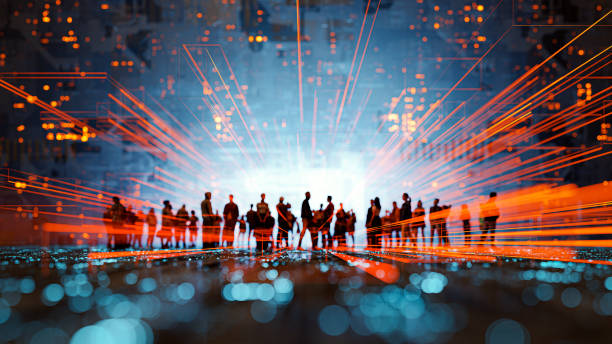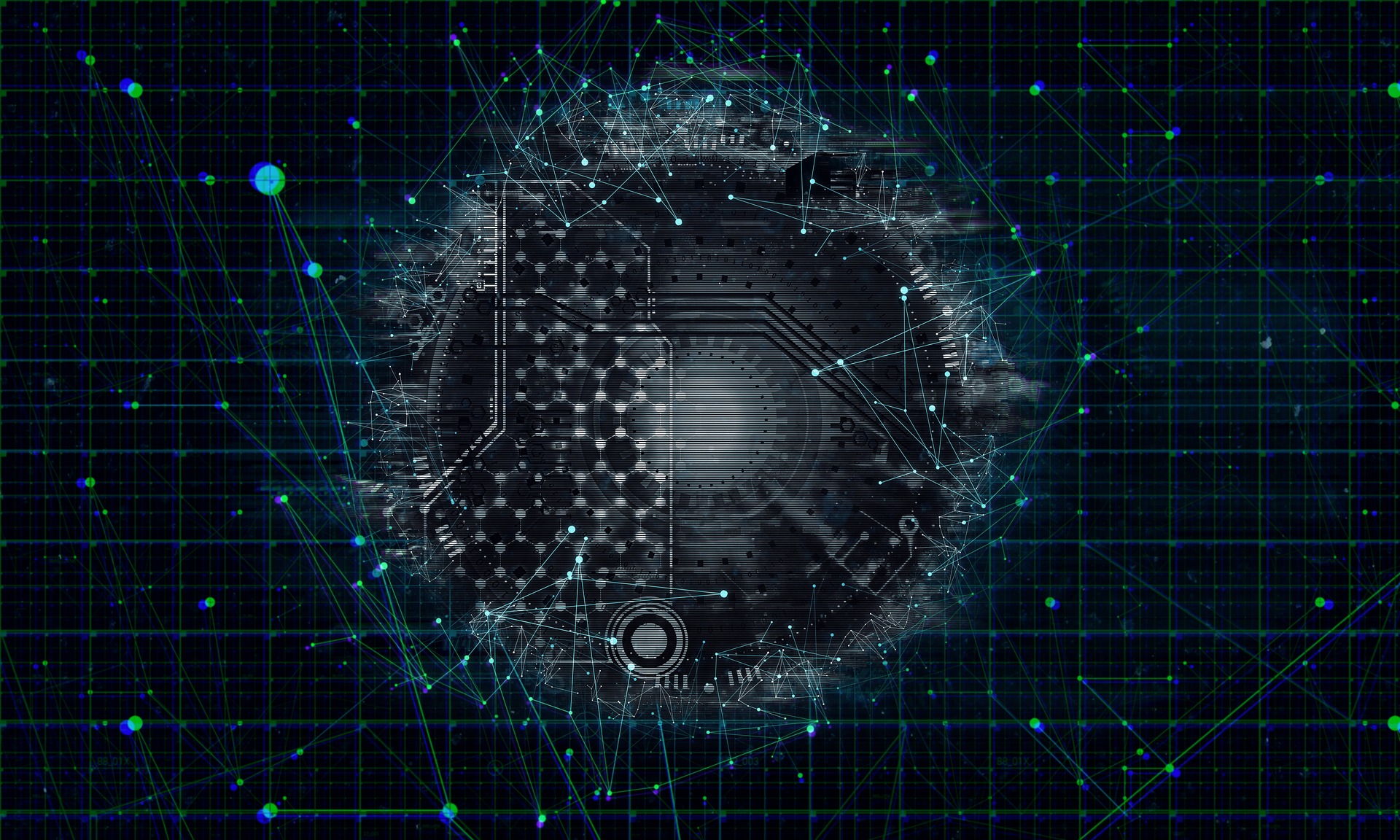Technological Disruptions and the Transformation of Human Connections
In an increasingly digitized world, the way we form and maintain relationships is evolving rapidly. This article delves into the transformative influence of modern technology on human connections, providing a fresh perspective on how our social fabric is being reshaped. Read below to explore this fascinating topic.

A Background on the Digital Transformation
The advent of the digital age has brought about an unprecedented shift in human interaction. As early as the 1990s, the internet started to reshape our means of communication, prompting a significant shift from face-to-face conversations to online interactions. This shift was further facilitated by the rise of social media platforms in the mid-2000s, providing a new arena for individuals to connect, communicate, and share experiences.
Current Trends in Digital Connections
Today, the landscape of human interaction continues to evolve, driven by the rapid advancements in technology. The rise of virtual reality (VR) and augmented reality (AR) technologies, for instance, are pushing the boundaries of online interactions, enabling more immersive and engaging experiences. Similarly, the proliferation of artificial intelligence (AI) and chatbots has brought a new dimension to digital communication, raising questions about the nature and authenticity of human connections in the digital age.
The Influence of Digital Technology on Human Connections
The implications of these technological disruptions on human connections are profound. On one hand, digital tools have empowered individuals to connect and interact with others regardless of geographical barriers. On the other hand, concerns about the erosion of physical social interactions and the impact of digital communication on mental health are increasingly being raised. The nature of these changes warrants a close examination of their sociological implications.
Research on Digital Communication and Social Change
Sociological research sheds light on the complexities of these changes. Studies suggest that while digital communication has facilitated greater connectivity, it has also led to feelings of isolation and loneliness for some individuals. The paradox of digital connectivity, where individuals can be more connected yet feel more isolated, highlights the nuanced impact of technology on human connections.
Balancing Technological Advancements and Human Connectivity
As we navigate the digital age, striking a balance between leveraging technological advancements and preserving authentic human connections will be crucial. It involves acknowledging the benefits and potential drawbacks of digital communication, fostering digital literacy, and promoting responsible use of technology.
In conclusion, the influence of digital technology on human interaction is a complex and multifaceted topic. As we continue to explore the digital frontier, it’s essential to remain mindful of how our social fabric is being reshaped and to actively shape a future where technology enhances rather than diminishes our connections.





